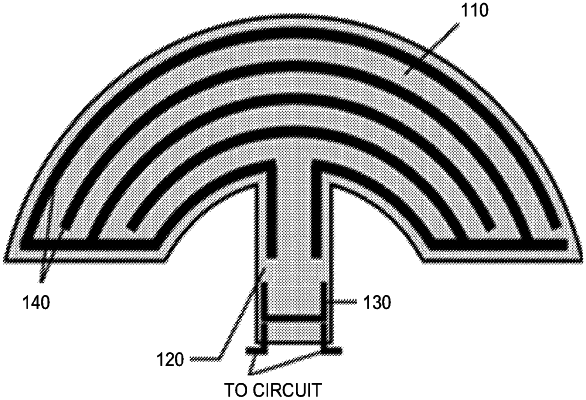| CPC G01N 29/022 (2013.01) [G01N 27/221 (2013.01); G01N 27/227 (2013.01); G01N 29/036 (2013.01); G01N 2291/022 (2013.01)] | 20 Claims |

|
1. A method of detecting an unknown analyte, the method comprising:
contacting the unknown analyte with a sensor in communication with a circuit and a microcontroller;
adsorbing or absorbing the unknown analyte on the sensor to cause (i) a change in a gravimetric property of the sensor and (ii) a change in an impedimetric property of the sensor;
generating, in response to the change in the gravimetric property and the change in the impedimetric property, a transient response time defined by a time taken the sensor to achieve 90% of a steady-state response, the transient response time indicative of one or more characteristics of the unknown analyte; and
determining a chemical composition and a concentration of the unknown analyte based on the one or more characteristics.
|